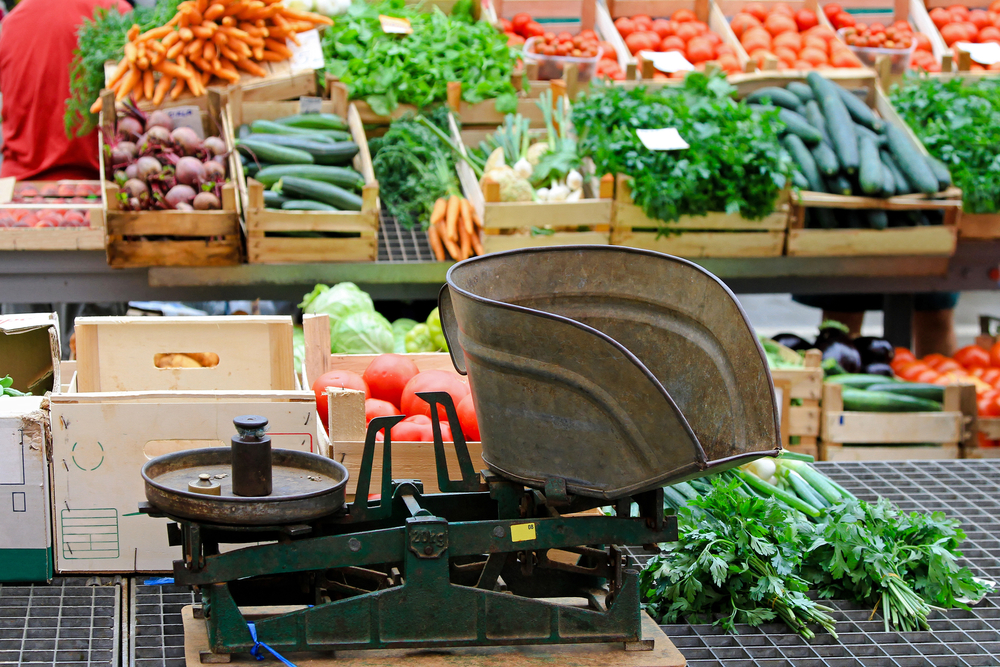
Incorporating local foods into seasonal menus can increase resident satisfaction with institutional cooking in nursing homes, assisted living facilities, and group homes. When they lived independently, most people enjoyed variety in their diet based on the time of year, especially in the summer when fresh corn, tomatoes, peaches, strawberries, and other fruits and vegetables are plentiful. They might have had gardens at home or were used to stopping at roadside stands or farmers markets to procure local crops; even grocery stores had a broader selection of fresh items to enhance the menu.
Fresh Food Makes Institutional Cooking More Like Homemade
When planning for a group, food service managers are bound by year-round budget constraints. They may have contracts with provision companies that provide foods they can scale to their daily per person expenditure for food. While they can obtain the ingredients to prepare healthy meals, most foods end up being overcooked and lack the homemade taste residents enjoy.
Within the institutional cooking market, a movement is under way similar to the Farm To Table (FTT) movement that has captivated many local restaurants who are committed to buying local food. Farm to Institution (FTI) programs offer a way to meet nutritional goals of the US Department of Health and Human Services and General Services Administration, provide tasty seasonal menus to residents, and support the regional and local economy.
Companies who offer seasonal menus for institutions identify the use of seasonal and local foods in the recipes. An institutional food service manager who is committed to offering healthier, fresher foods that taste like home has the recipes to bring these good, fresh foods to the plates of residents. The menus also come with information about quantities needed, nutritional values, portions, and cost that figures into the meal planning.
Challenges with Food to Institution Programs
In implementing FTI as the basis of seasonal menus, there are a few challenges along the way. Even though there may be local farms in the area that can provide food for institutions, an institutional buyer might have justifiable concerns about cost, availability of sufficient quantities, food safety, liability, and even the availability of skilled labor who can handle the raw food. As a result, while many facilities try to incorporate some food from local farmers into their menus, there are not well-developed guidelines for making local growers a more important part of the institutional food chain. Research and test programs are currently underway to make FTI a reliable part of the food equation for institutions.
Eating salads and other in-season fresh fruits and vegetables is considered a healthy way to eat and should be promoted at more institutions. Grove Menus offers food service managers and chefs many opportunities to incorporate fresh local foods into seasonal menus that can be adapted to residents’ specific needs. To learn more about incorporating seasonal menus for assisted living facilities, contact Grove Menus.
